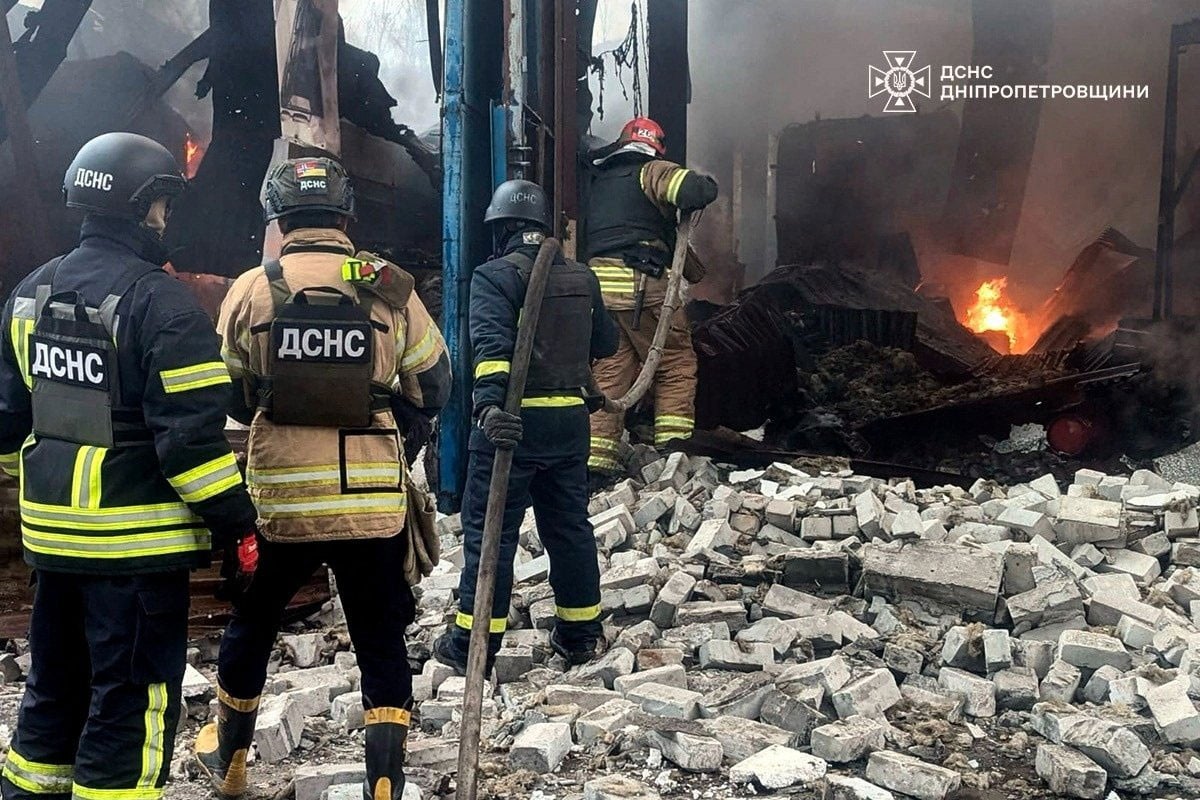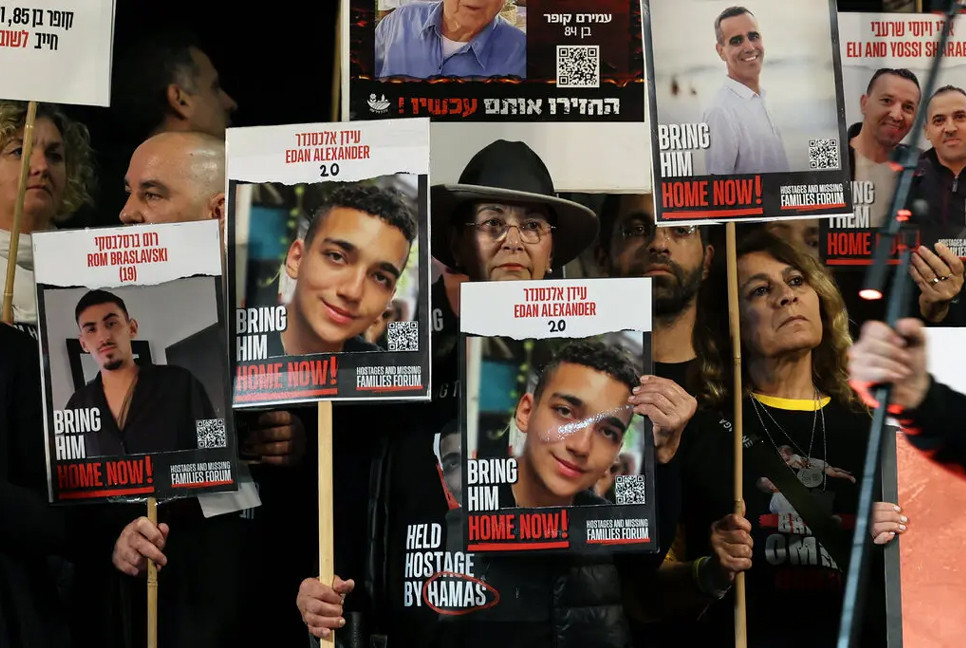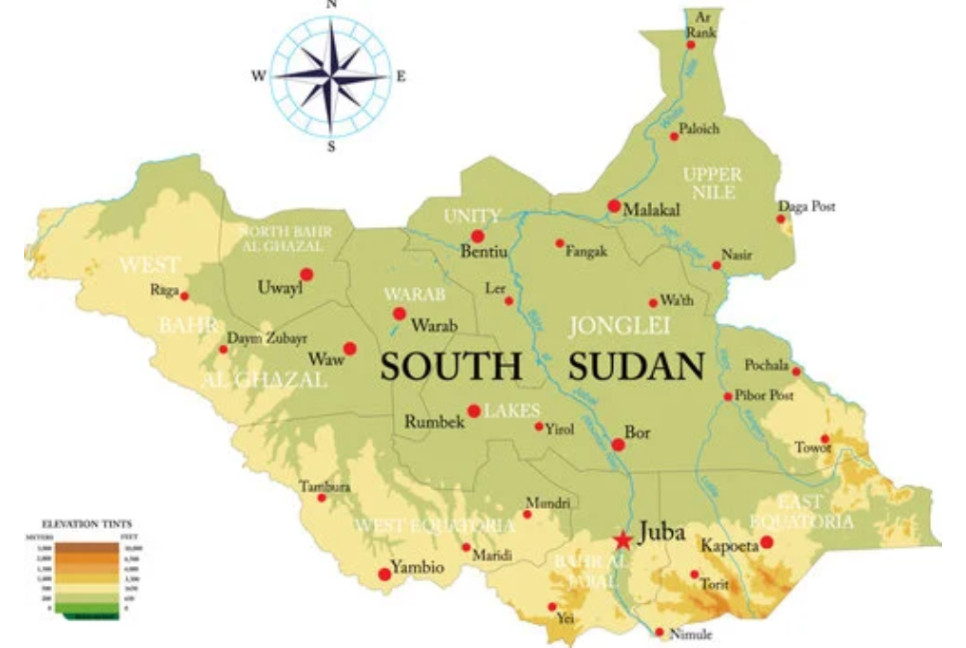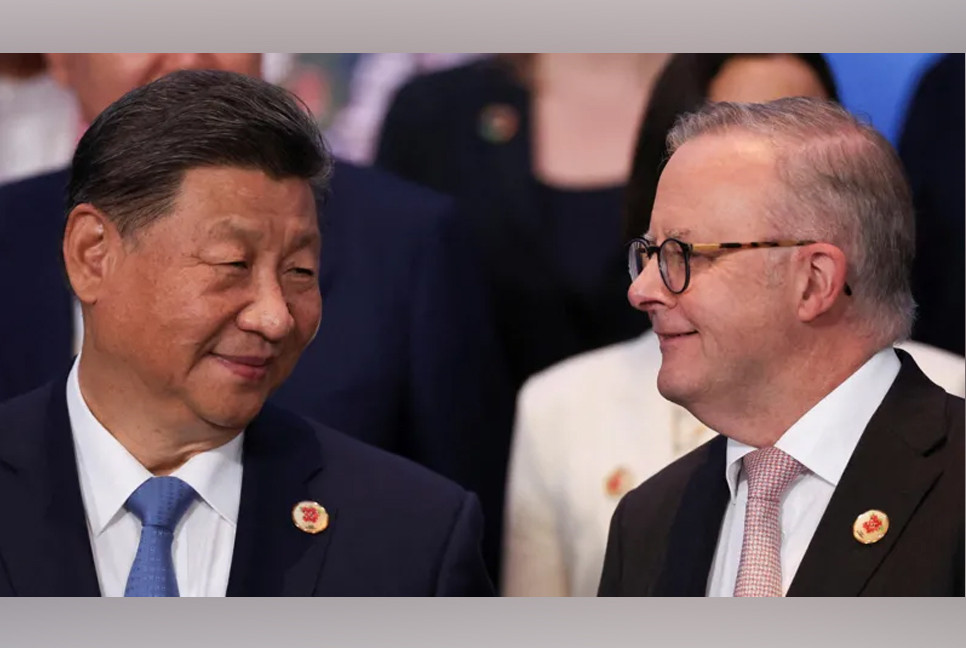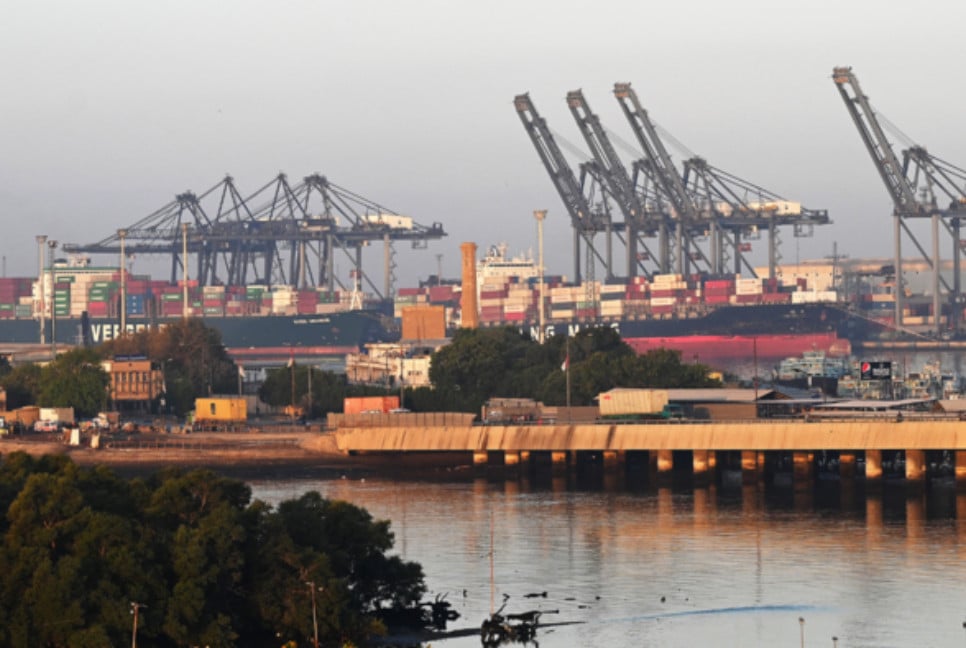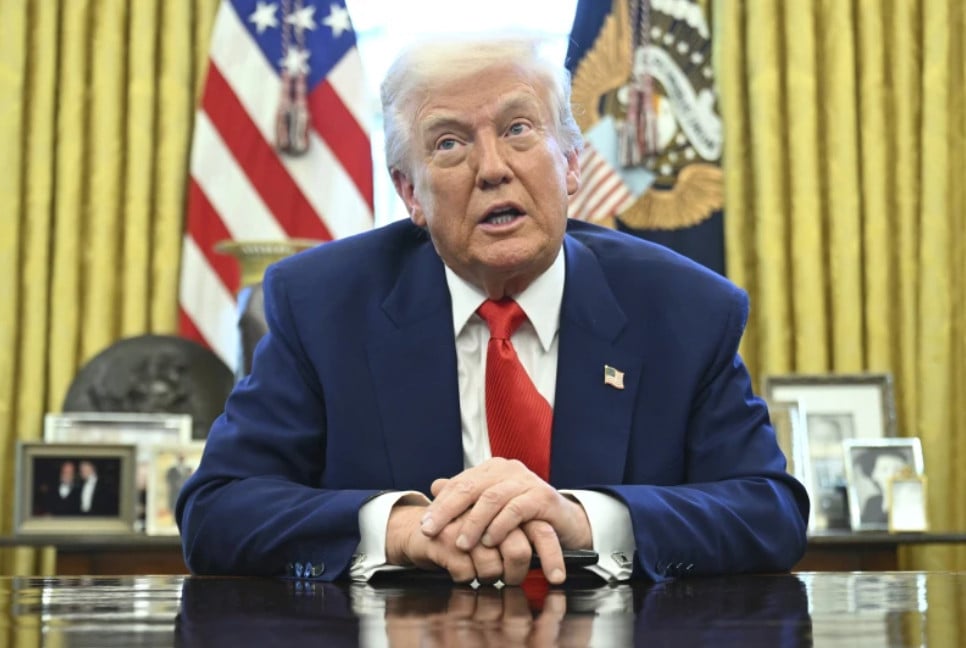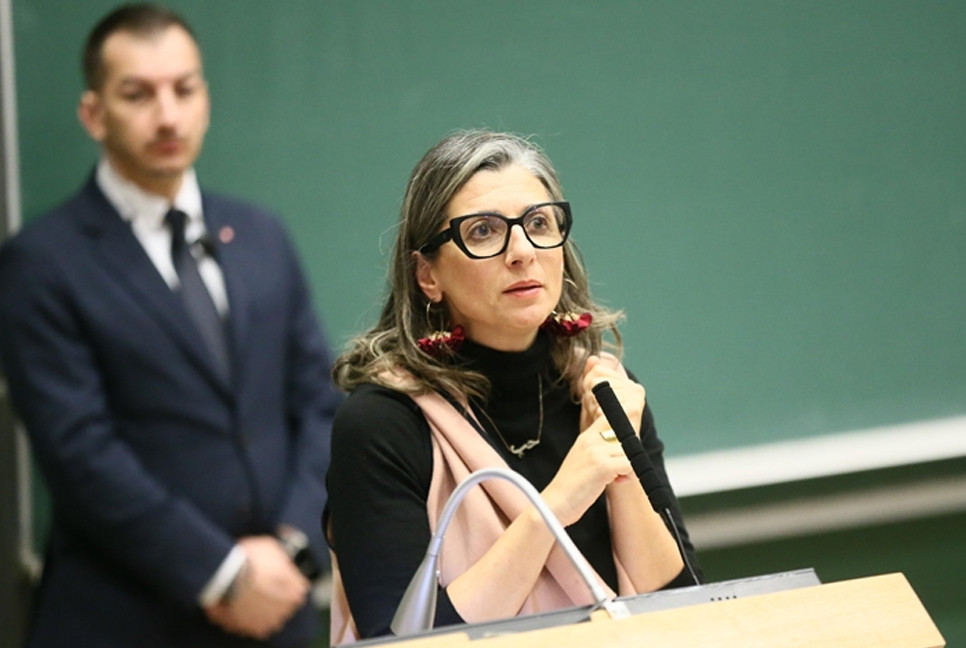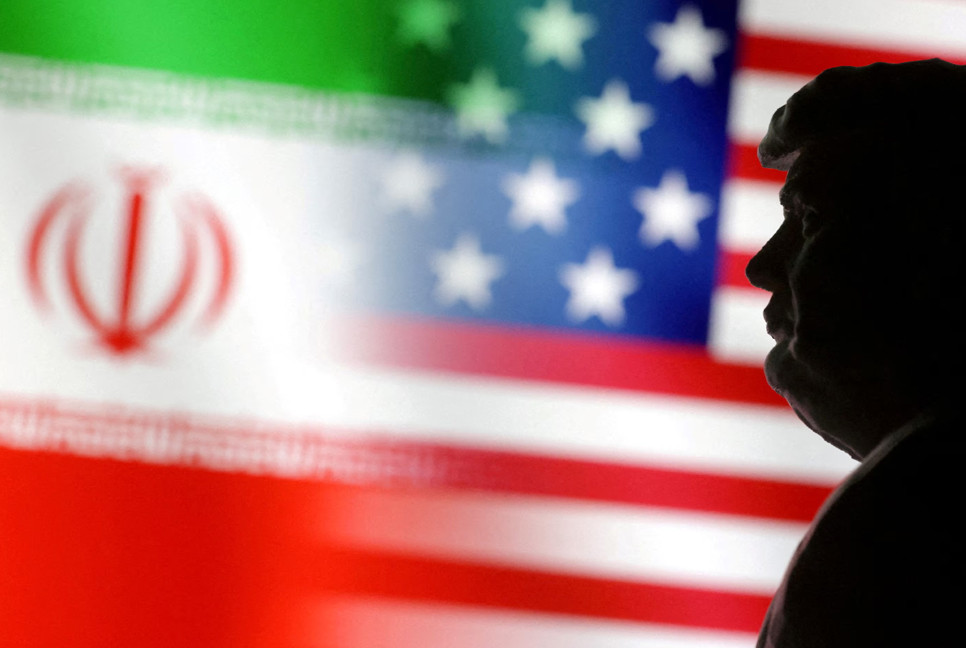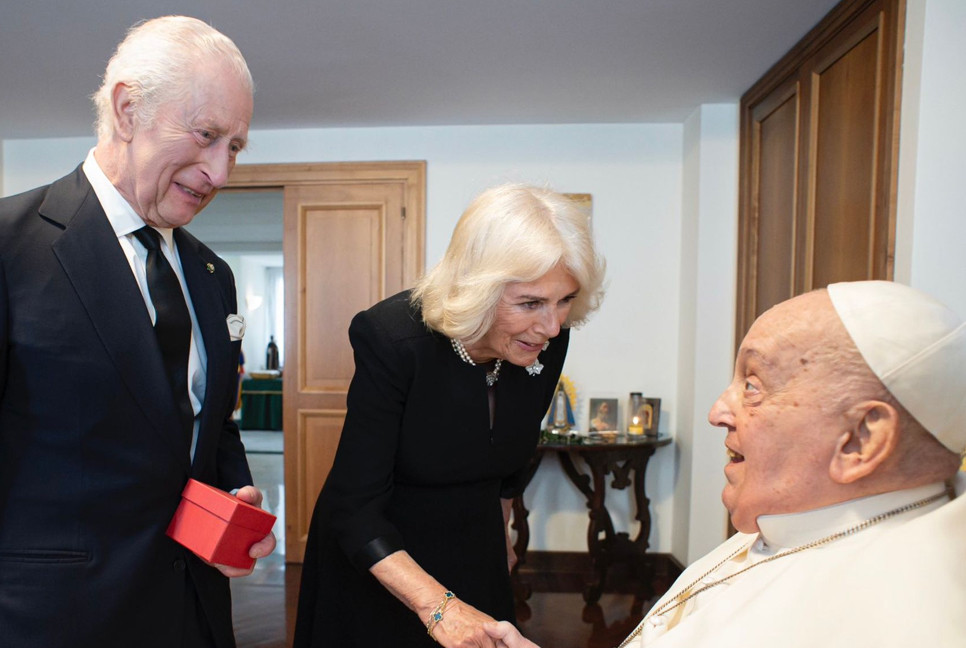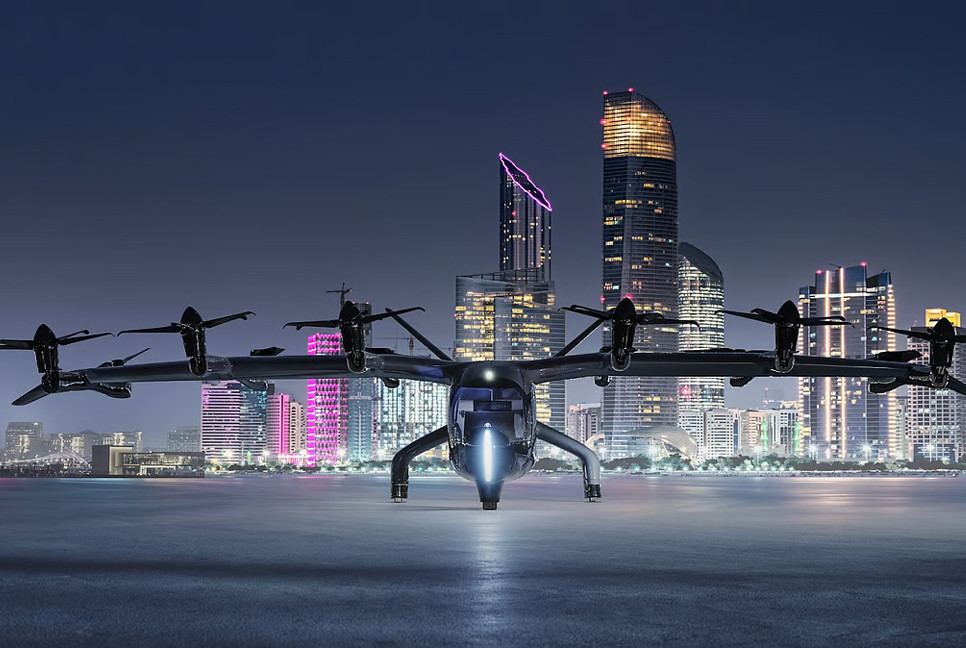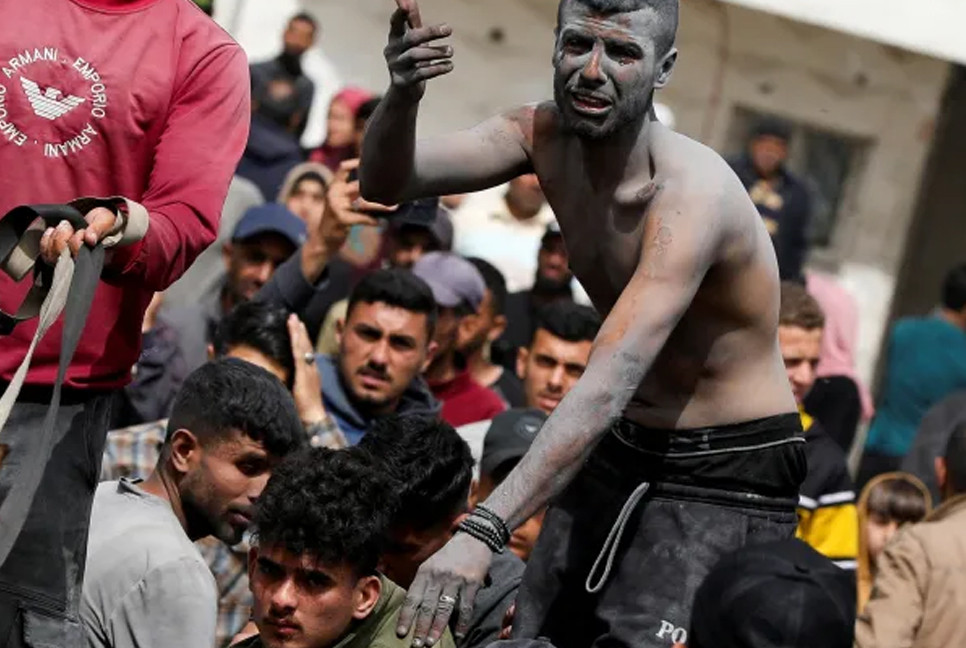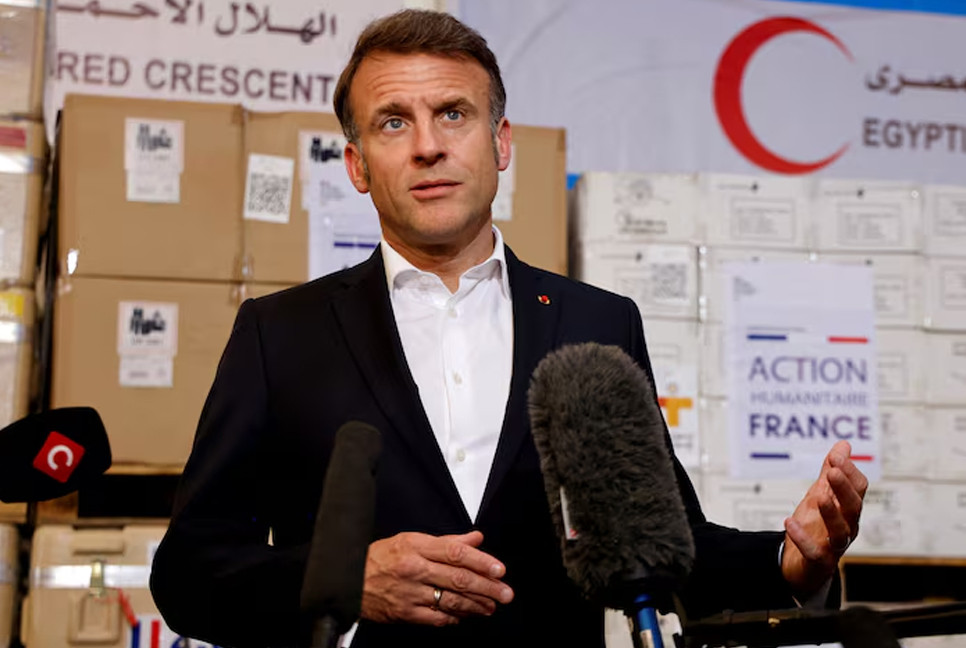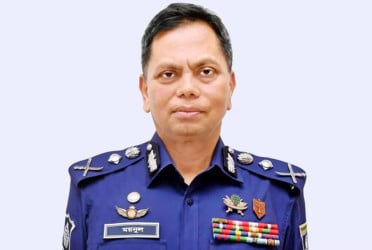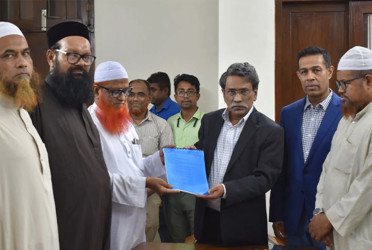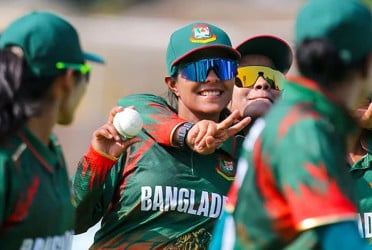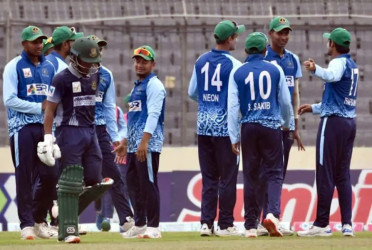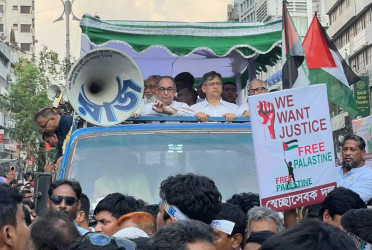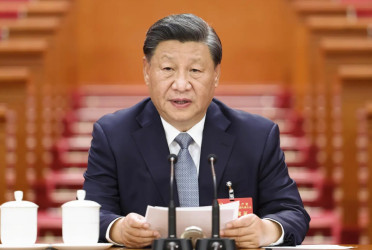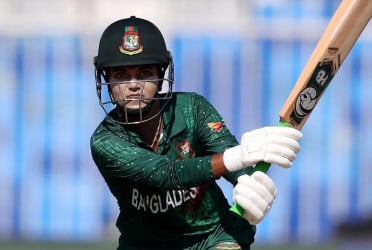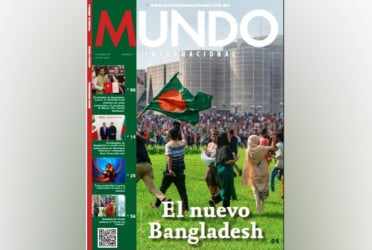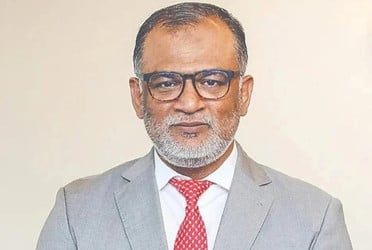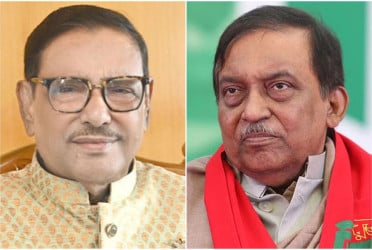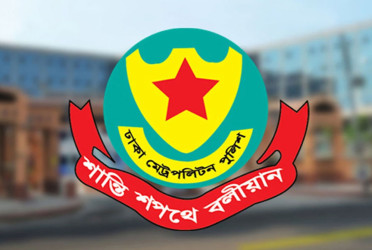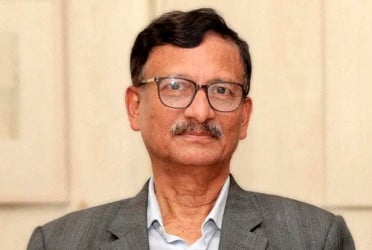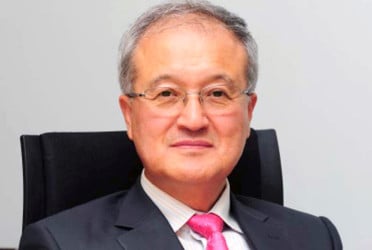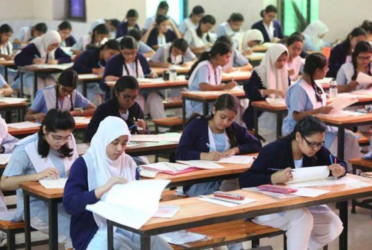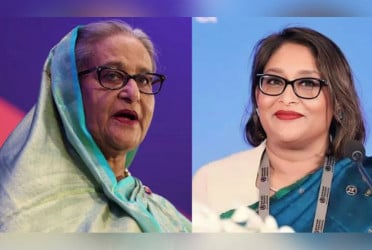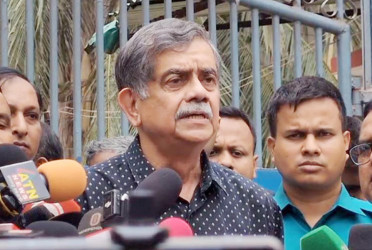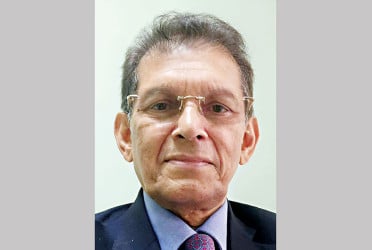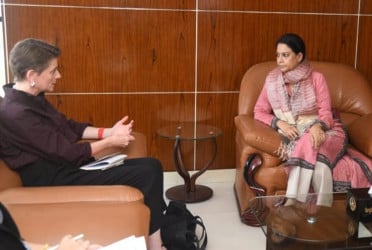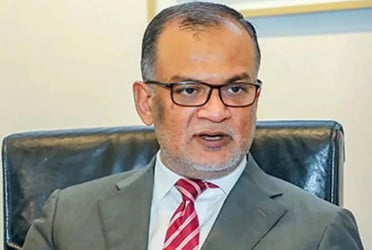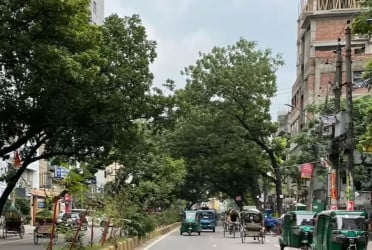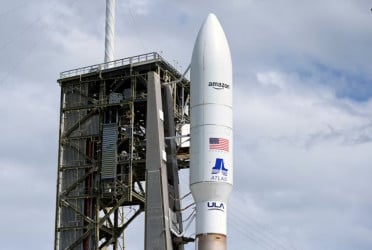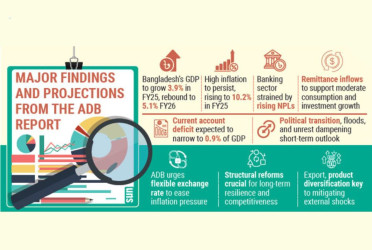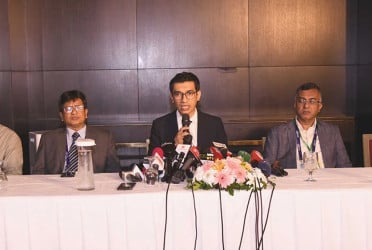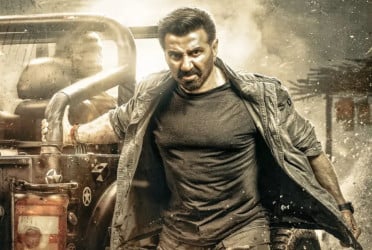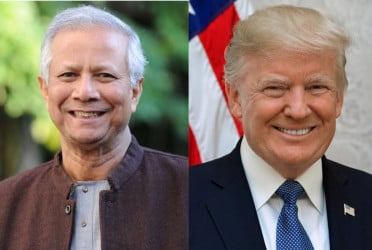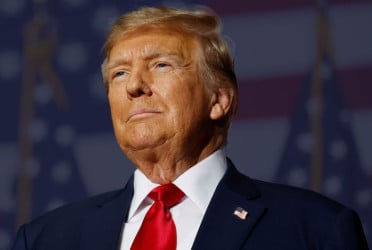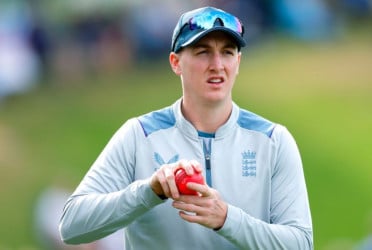A Russian missile strike on the central Ukrainian city of Kryvyi Rih on Friday has killed at least 12 people and injured over 50, according to Ukrainian officials. The attack, which targeted the Dnipropetrovsk region, included three children among the victims, marking another brutal assault on civilians. Kryvyi Rih is the hometown of Ukrainian President Volodymyr Zelenskyy, adding to the symbolic weight of the attack. Regional leader Serhii Lysak condemned the strike, calling it part of Russia’s ongoing “fight against civilians.”
This missile strike follows a deadly drone attack on Kharkiv on Thursday, which killed five civilians. Emergency responders were seen carrying black body bags from a burning apartment building, and over 30 people were injured in the attack, with some suffering severe shock and blood loss. Many of the injured were transported to safety amid flames and debris.
At a NATO meeting in Brussels, Ukrainian Foreign Minister Andrii Sybiha addressed the situation, stating, “Now, it is obvious who wants peace and who wants war,” referring to the Kharkiv attack. He called for pressure on Russia to engage in genuine peace talks. Western leaders, including U.K. Foreign Secretary David Lammy and French Minister Jean-Noël Barrot, criticized Russian President Vladimir Putin for stalling peace negotiations and continuing military operations despite global calls for a ceasefire.
Meanwhile, U.S. Secretary of State Marco Rubio expressed concern over Russia’s stance, noting that the country’s actions in the coming weeks will reveal whether it is truly seeking peace or merely buying time with negotiations. The U.S. has proposed a 30-day ceasefire, but Russia has effectively dismissed the offer.
As tensions rise, reports indicate that Russia is preparing for a significant military offensive. This new phase of the conflict could involve a large-scale ground offensive as weather conditions improve, allowing for the movement of heavy military equipment across the front lines. Analysts predict that this would put further pressure on Ukraine and complicate any potential ceasefire talks.
In addition to military actions, Russia’s continued missile and drone attacks demonstrate its resolve to gain leverage in negotiations. With over 600,000 Russian troops now deployed along the front lines, the military buildup signals that Moscow is prepared for a prolonged conflict, increasing the stakes for Ukraine and its Western allies.
As Ukraine braces for more attacks, NATO is ramping up its support for Ukrainian forces. A multinational coalition is being formed to oversee any future peace agreements, though Russia’s continued aggression suggests that a swift resolution may not be forthcoming. The situation remains tense, and the world waits to see if diplomatic efforts can bring an end to the devastating conflict.
Source: Daily Sabah
Bd-pratidin English/ Jisan

